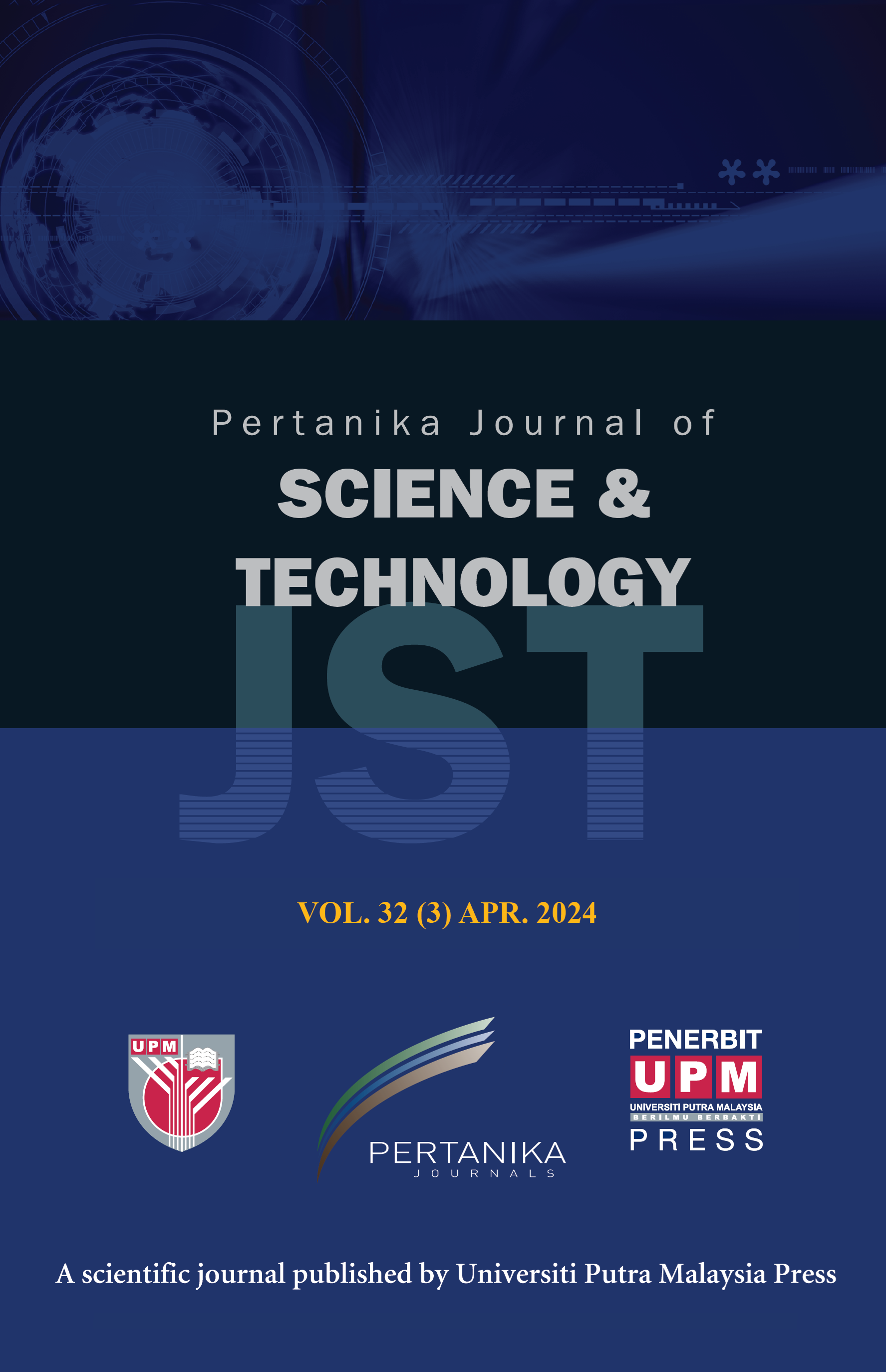PERTANIKA JOURNAL OF SCIENCE AND TECHNOLOGY
e-ISSN 2231-8526
ISSN 0128-7680
Comparative Evaluation of Python-based Heart Rate Variability Analysis Tools for Neonatal Sepsis Detection in Neonatal Intensive Care Units
Roshan David Jathanna, Dinesh Acharya Udupi, Faiza Iqbal, Krishnamoorthi Makkithaya and Leslie Edward Simon Lewis
Pertanika Journal of Science & Technology, Pre-Press
DOI: https://doi.org/10.47836/pjst.33.3.13
Keywords: Low- and middle-income countries, neonatal intensive care unit, neonatal mortality, neonatal sepsis, real-time data analytics, sustainable development goal 3.2
Published: 2025-04-04
Neonatal sepsis is a severe systemic infection occurring within the first month of life and remains a significant cause of morbidity and mortality worldwide, particularly in low- and middle-income (LMICs). Despite advancements in medical care, challenges such as limited healthcare access and inadequate diagnostic capabilities persist. This study explores the impact of real-time data analytics on managing neonatal sepsis, highlighting its potential to enhance early detection, diagnosis, and treatment outcomes in neonatal intensive care units (NICUs) in LMICs. This study provides an architecture for continuously monitoring neonates using cardiopulmonary monitors and applying real-time analysis to identify sepsis onset. Data from eight infants were collected and analyzed, with each ECG signal recorded at 500 Hz, generating 36 to 126 million samples per channel. The study compared four Python packages for Heart Rate Variability (HRV) computation (NeuroKit2, HRV, HeartPy, Systole) based on features, computational efficiency, and ease of use. NeuroKit2 provided the most features but had the highest computational load, while Systole and HeartPy offered a balance of functionality and efficiency. The findings underscore the potential of real-time data analytics in improving neonatal sepsis management. Early diagnostic testing and advanced monitoring technologies can significantly enhance neonatal outcomes, particularly in resource-limited settings. These technological advancements align with Sustainable Development Goal Target 3.2 and underscore the need for continued research, policy support, and collaborative efforts to reduce neonatal mortality globally.
ISSN 0128-7702
e-ISSN 2231-8534
Share this article

